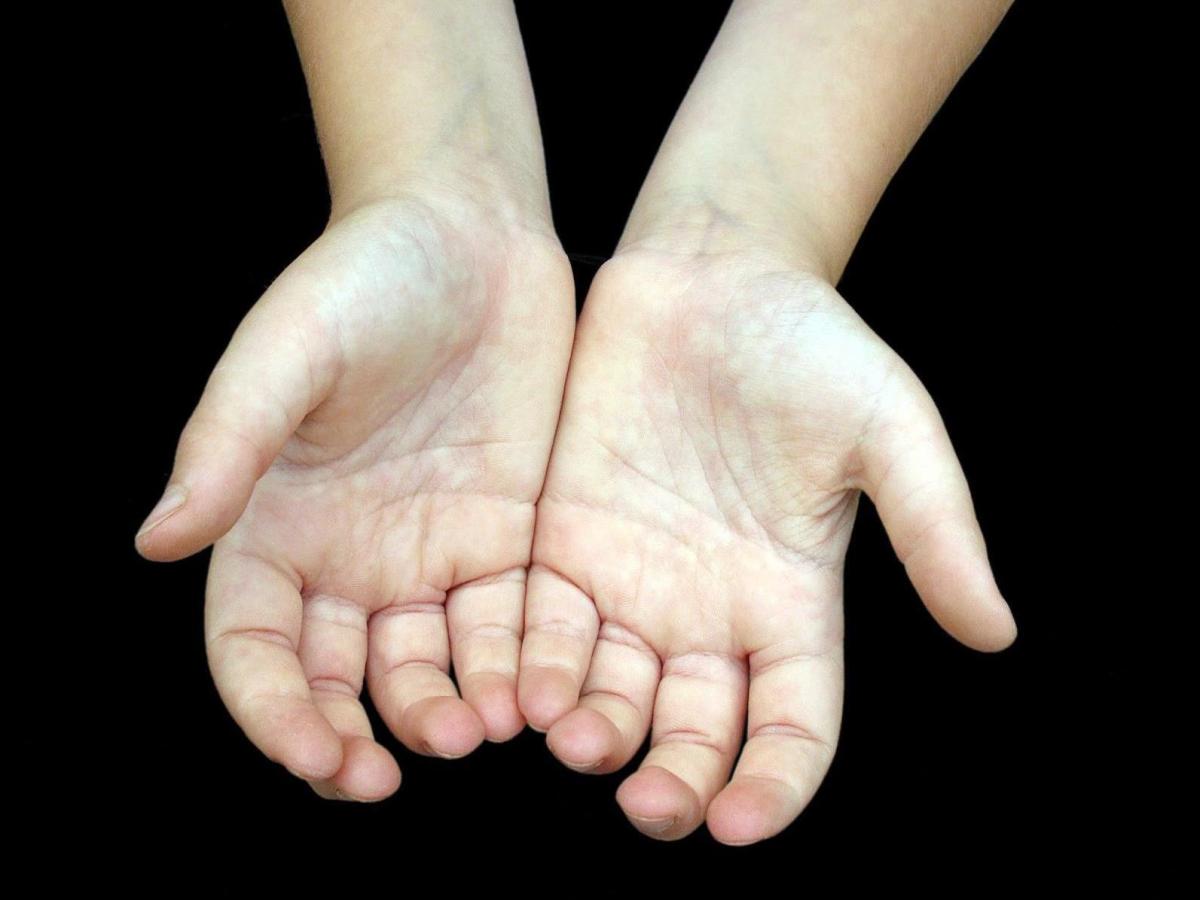Image CC pexels.com
One hand giveth and the other taketh away. This seems to be the new policy in play as reflected in the recent round of organisational and project funding by the Australia Council for the Arts.
As the sector absorbed recent events, the questions now seem to be redirected towards flaws that sit within the Australia Council’s revised peer review system and, furthermore, the organisation’s lack of clarity and consistency across international partnership and business development initiatives.
Read: 65 arts organisations lose funding from Australia Council
One arts professional has told ArtsHub: ‘The Australia Council is being negligent in sending this nothing-is-changed-business-as-usual message when everyone in the sector has stood up to defend and fight for them.’
Read: Australia Council has its day in the Senate’s court of art
Last week had pros and cons. The $11.2 million in project funding – 22% to new artists and organisations – was a sweetener as was the announcement of 43 new organisations to receive operational funding. But the guillotine-style defunding of 65 arts previously funded organisations has been criticised as lacking the kind of long term vision that had always sat core to the Australia Council.
The Council has always played the long game, driving sustained engagement across the cultural landscape. Recent actions have demonstrated those values have changed. In the rush to embrace the new we have thrown out what has been key to growing the arts sector – belief in a greater ecology.
While the rest of the world is recognising that culture drives dynamic cities, we seem to be cutting it off at the roots.
Peers playing Tinder
The revised peer review system was envisaged to dispel the myth of cronyism and offer up a more medium-driven authority-based assessment.
The problem is that when you strip away the depth of organisational experience you are left with nothing other than a process – vision and nuance are rendered worthless.
It was a point raised by several in the sector in the wake of last week’s announcements. ‘If the peers are just marking by numbers and awarding on the tallied ticking of boxes, then it is kind of like decision by Tinder or matchmaker.com. Where is the vision driving that process?’ another source told ArtsHub.
‘When the Boards were devolved under the radar two years ago, what we lost was the expertise that helped to make sure that there was a vision being driven through the Australia Council that saw sustainable investment – which may not have always been fashionable – but were things that actually required accumulative investment over time to yield outcomes,’ said our contact.
Any board or panel is driven by its Chair. How, then, are these peer review panels being directed, and who is ensuring that an overall vision is sitting over these decisions?
Among the examples that have been brought to our attention at ArtsHub is the funding of international activities.
When Australia Council launched its 2014-2019 Strategic Plan in August 2014, it recognised funded international activity as its leading goal. Its tag line ‘Australian art without boarders’ epitomised that thinking.
‘We export far fewer cultural goods and services than we import. We want to shift this balance and enable Australian arts to flourish overseas,’ the Plan stated.
The budget for this activity has more than halved following the 2015-16 Budget measures, and has again been slaughtered more recently.
Important residency programs abroad have been axed, including Greene Street in New York and the British School of Rome, Barcelona and Tokyo.
We should also note Asialink – which has played a pivotal role in international relations and visibility for more than 25 years – was defuned in the 4-year organisation round, as was Cultural Partnerships Australia, which missed out on both Australia Council and Catalyst funding for its innovative Cultural Exchange programs between remote area Indigenous artists and China, after tens years of putting in the hard work building networks.
Research released by the Australia Council’s in August 2015 confirmed that since Grants and applications for activity in Asia have increased 65 per cent over the past four years.
Read: Australia Council’s shuffle of the international deck
The Australia Council’s Visiting International Curators Program has additionally been key in driving the visibility and inclusion of Australian artists in a global dialogue. But in this lies a conundrum in these recent funding cuts.
We understand that project funding for artists for at least three international biennales was put forward and only one was funded – presentation at the Gwangju Biennale in Korea.
If Australia Council is funding international curators to come to Australia with the invitation to research artists to then participate in these biennales and major events, but then chooses not to support the presentation of those projects, demonstrates a lack of logic in its decision-making.
It is exactly this type of haphazard decision-making that has been demonstrated in the last rounds of project and organisational funding that has raised grave concerns within the visual arts sector.
While it has been reactionary to point the finger solely at government in the recent months, there is a rising swell that is starting to cast a critical eye towards the Australia Council, questioning its due diligence as a puppet-player, too concerned with licking its own wounds and collecting its resources, rather than be accountable for its own mistakes implementing a flawed peer model.
The sway of commercial over small organisations
The same criticisms could be pointed at a voracious desire to be innovate and entrepreneurial that it has been at the cost of core vision and programming. Fashion seems to be winning this war.
Our contact in the visual arts sector notes that over $150,000 of Project Funding for the visual arts has gone to businesses.
‘Why are non Deductible Gifts Recipient (DGR) registered companies receiving Catalyst and Australia Council project funding? And how does a commercial gallery get over $46,000 within Arts Projects Organisations April funding round to set up a business in Singapore – that is more than the funding that most of these small to mid scale organisations were defunded by, which had kept their doors open,’ they ask.
Kaldor Public Art Projects – a philanthropic organisation that does have DGR status – has received project funding from Catalyst, the Australia Council, and the City of Sydney to the tune of around $1 million dollars.
It is not surprising that the visual arts sector is scratching is head in wonder when long term arts organisations like the Contemporary Art Centre South Australia (CACSA), Australian Experimental Art Foundation (AEAF), Canberra Contemporary Artspace, Northern Centre for Contemporary Art previously known as 24HR Art, Melbourne’s Centre for Contemporary Photography (CCP), Australian Centre of Photography (ACP) Sydney, the Australian Design Centre, Mosman Art Gallery, not to mention the most obvious cut to the visual arts sector with NAVA are stripped of organisation funding when such sums land elsewhere.
The message that this “shifted agenda” sends is not that fashionable innovation is a tick box, but rather it says that the government does not value the visual arts sector, and that trickles down and affects the way that we can leverage our partnerships to diversify our programing and future income.
This ecosystem has been placed at the mercy of incredible risk, and the Australia Council is seemingly not returning the fight extended them with the Senate Inquiry but rather is hanging up the “business as usual” sign on the door.





